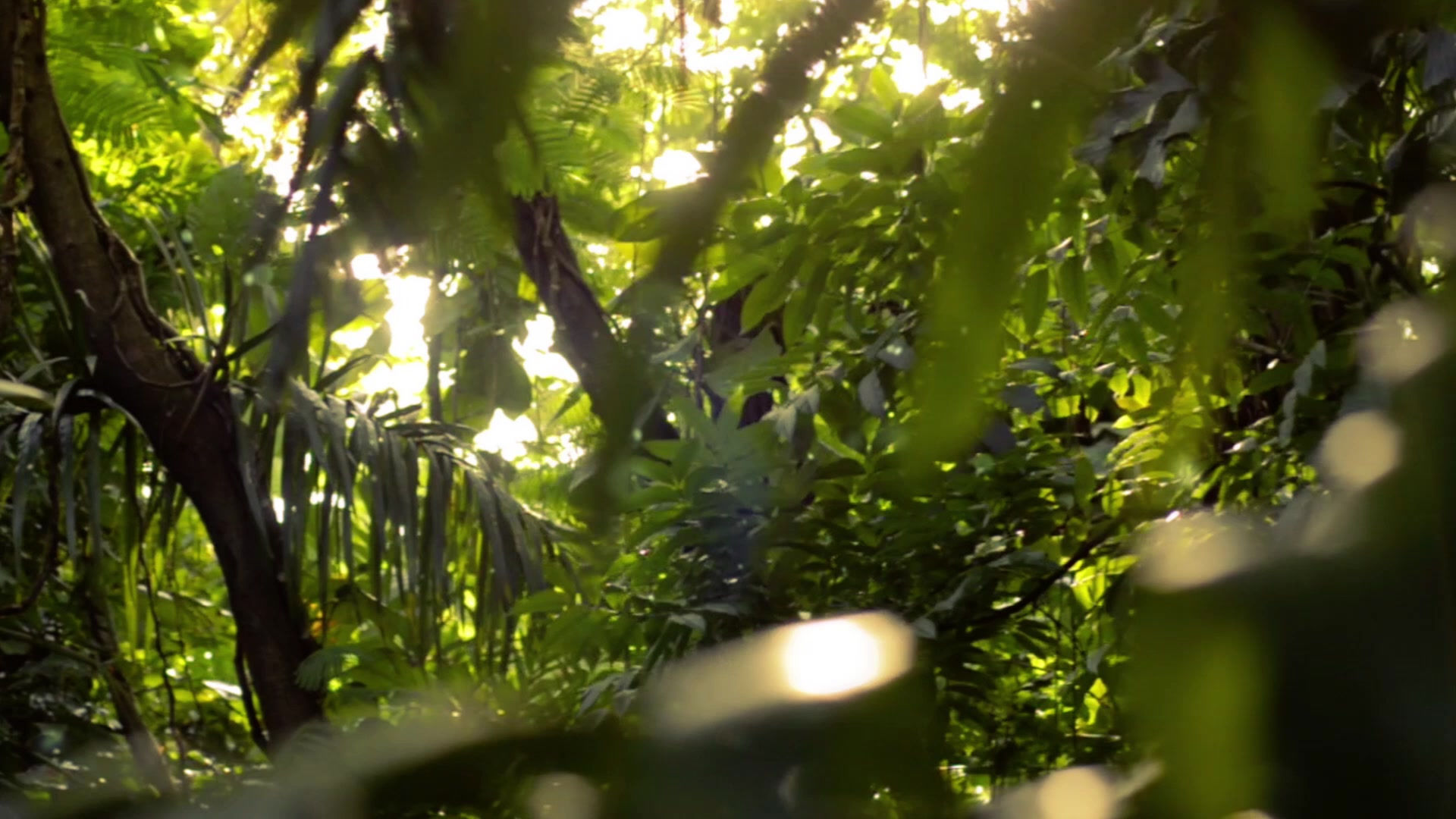
Madrone

Strawberry Wood (Madrone)
Also known as Strawberry tree or Madrona, this beautiful Pacific hardwood has pink & tan colors with an occasional red streak. Green lumber is unstable until is carefully dried; once dried it has excellent stability. Madrone is hard and fairly difficult to saw, but it is possible to get a beautiful, high polish in finishing. Madrone has been compared to the texture of European Pear wood, even thought to be superior in grain & workability.
Grain/Texture: Grain tends to be straight, with a very fine and even texture.
Endgrain: Semi-ring-porous or diffuse-porous; solitary and radial multiples; small pores in no specific arrangement, very numerous; heartwood deposits occasionally present; parenchyma absent; narrow to medium rays, spacing fairly close.
Rot Resistance: Madrone is rated as non-durable to perishable with regard to decay resistance.
Workability: Madrone is easy to work with machine and hand tools, and compares similarly to Hard Maple in working characteristics. The wood can be difficult to dry, and has a tendency to warp or twist. Madrone is an excellent turning wood, and also takes stains and finishes well. However, water-based glue joints should be thoroughly dry before further machining to avoid subsequent sunken glue lines.